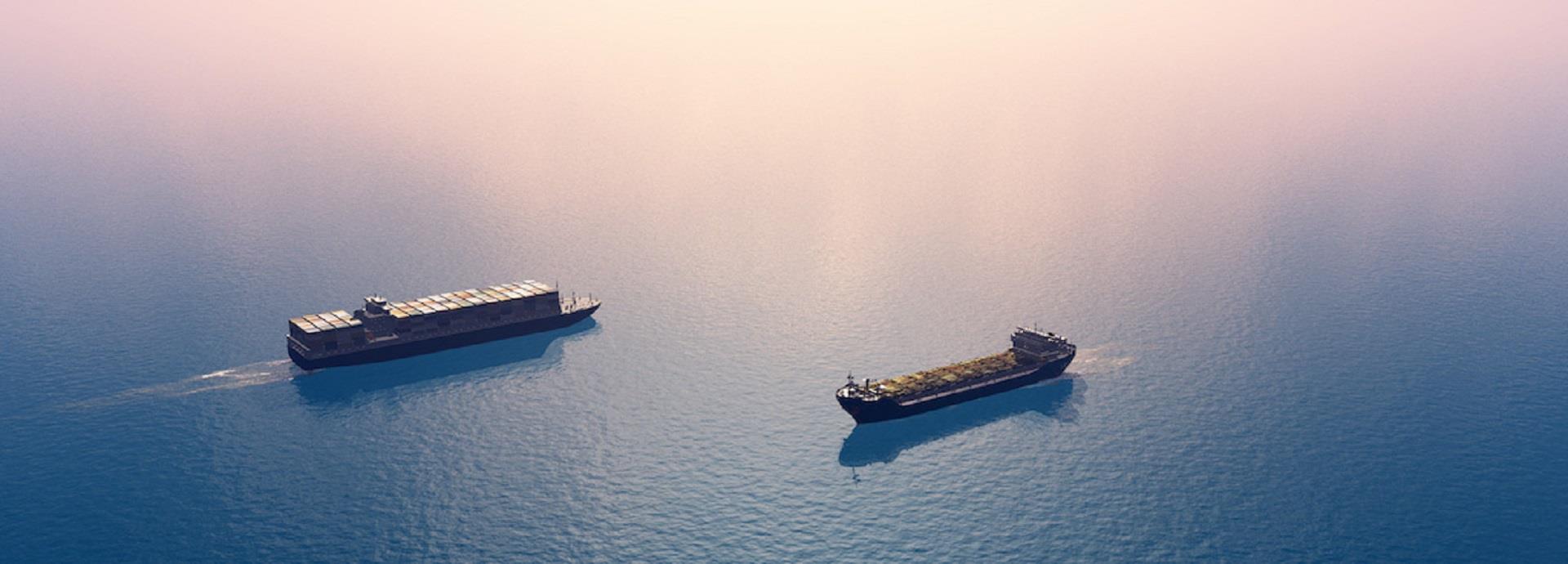

Did you know that slowing ships down by just 10% could reduce fuel usage by almost a third? It could be one way to improve the energy efficiency of a vessel.
As environmental concerns and the price of fuel remain major business drivers, maritime players are seeking new ways to address the situation.
“Reducing speed is certainly one of the key measures for improving the energy efficiency of a vessel, resulting in less emissions and cleaner shipping,” says Sakari Kajander, Director, Centre for Maritime Studies, University of Turku.
However, the actual reduction depends on the type and size of the vessel.
By reducing speed, shipping companies save in fuel costs but increase their other costs, as the voyage takes longer. However, this practice of “slow steaming” also enables carriers to speed up when necessary, thus increasing flexibility and reliability in their operations, Kajander points out.
“Of course, there are technical concerns and limitations when slowing down speed and operating engines and propulsion systems outside the designed optimum range,” he adds.
Slow decade
According to Kajander, slow steaming was adopted by shipping companies during the downturn of global trade after the 2008 banking crisis. Primarily, it was a matter of cost savings in a situation where freight rates were low, fuel prices were increasing, and vessel capacity was underutilised.
Ten years down the road, the concern is both economic and environmental. In April 2018, the International Maritime Organization (IMO) adopted an initial strategy on the reduction of greenhouse gas emissions from ships. One of the measures to achieve the ambitious reduction goal of 50% by 2050 is to consider regulatory speed reduction.
“The introduction of the IMO strategy has added more steam to the discussion,” Kajander says.
With a full decade of slow steaming, some industry players have really embraced the practice, fully integrating it to the operations.
Speed is down, savings is up
Patrik Wägar, Product Director, Power Supply, Marine Power Solutions at Wärtsilä, agrees with Kajander. He pegs it on the physics of the ships, since it is clear that slowing down ship speed transfers directly into fuel savings per cargo-distance.
“This depends on what the starting point is – whether it’s high or average ship speed – but this has a positive effect on fuel cost and emissions.”
Also, while less installed power is needed, the vessels themselves become more inexpensive. You need to add more capacity to cover for the slower speed, but the benefits are clear, Wägar comments.
Still, Wägar sees a bigger challenge elsewhere: presently, the logistics between ships, ports, and cranes from offshore to onshore (and vice versa) seem to create a greater bottleneck than the actual sea transport.
“Many ships arrive to a port today after a 30-day journey, and might be forced to wait even up to 40 days until they can off-load. Spot cargo can be bought and sold many times during a voyage, resulting in cargo being simply stored on a ship and perhaps even unloaded in the same port it left from, in some cases,” Wägar says.
Get serious about carbon
While IMO calls for the decline of “carbon intensity” of both ships and international shipping, the goal is set to reducing CO2 emissions per transport work, as an average across international shipping, by at least 40% by 2030, pursuing efforts towards 70% by 2050 (in comparison to 2008). Wägar points out that the international energy sector has had some success with implementing “internal CO2 trading”, meaning that a poor-performing business division – with a lackluster CO2 record – has to buy credits from the better performing ones.
“As a consequence, the front-runners are rewarded for good achievements, and the others have to constantly work hard to catch up. Companies like Wärtsilä also have corporate targets regarding CO2 reduction and greenhouse gas reduction, targets for our operations but also for our product portfolios looking at how our products are used over the lifecycle.”
With regards to slow steaming, Wägar says that Wärtsilä is now seeing projects where these issues are discussed and debated. “It appears that slower ship speeds are here to stay, and installed power will be continuously reduced.”


